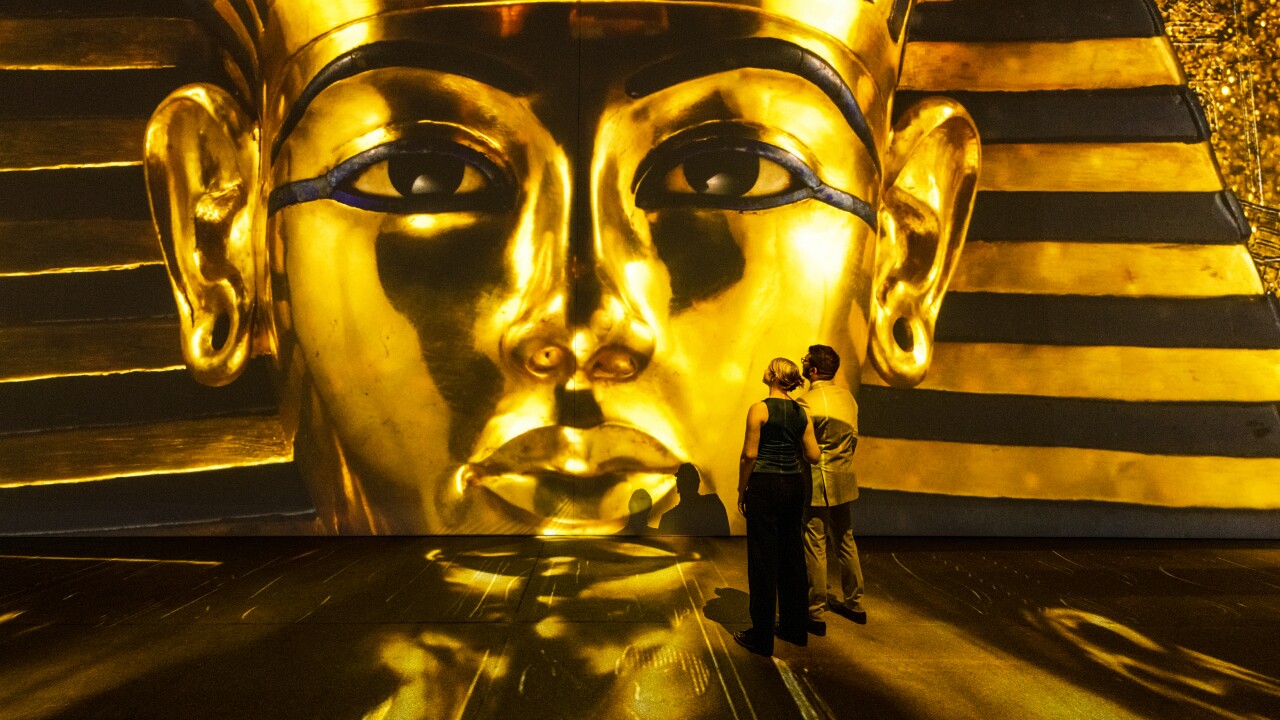
Step into the ancient world of Egypt, and you’ll find yourself surrounded by awe-inspiring structures that bear witness to the remarkable achievements of a civilization that flourished over millennia. Among these extraordinary landmarks, the Karnak Temple Complex stands tall as a testament to the grandeur and architectural brilliance of the pharaohs. In this authoritative blog post, we embark on a journey through time to unravel the mysteries of this remarkable UNESCO World Heritage site.
- The Enigmatic Karnak Temple Complex: The Karnak Temple Complex, situated on the eastern bank of the Nile River in modern-day Luxor, Egypt, is one of the largest religious complexes ever constructed. Spanning over 200 acres, the complex was dedicated to the worship of the Theban Triad—Amun, Mut, and Khonsu—representing the principal deities of the ancient Egyptian pantheon.
- The Temple of Amun-Ra: At the heart of the complex lies the Temple of Amun-Ra, the largest and most significant structure within Karnak. This colossal temple complex served as a focal point for religious rituals and ceremonies, featuring numerous sanctuaries, colossal statues, obelisks, and awe-inspiring pylons. The Hypostyle Hall, a forest of towering columns, is a remarkable highlight of the temple and a testament to ancient engineering and artistic skill.
- The Great Hypostyle Hall: The Great Hypostyle Hall, an architectural marvel within the Karnak Complex, comprises 134 massive columns arranged in 16 rows. These towering pillars, some reaching a height of 80 feet, support an intricately decorated roof adorned with astronomical motifs, religious scenes, and hieroglyphic inscriptions. This monumental hall was a sacred space where the pharaohs communed with the gods during religious ceremonies.
- Luxor Obelisks: The Karnak Temple Complex boasts an impressive collection of obelisks, including the renowned Luxor Obelisk. Originally located at the entrance of the Luxor Temple, this magnificent obelisk now stands in the Place de la Concorde in Paris, France. The obelisks of Karnak serve as enduring symbols of the might and religious significance of ancient Egypt.
- Precincts and Sacred Lakes: Beyond the Temple of Amun-Ra, the Karnak Complex encompasses several additional precincts, each with its own unique purpose and significance. These precincts include the Precinct of Mut, dedicated to the goddess Mut, and the Precinct of Montu, honoring the warrior god Montu. Additionally, the complex features a series of sacred lakes, such as the Sacred Lake of Karnak, which played a vital role in religious rituals and purification ceremonies.
- Ongoing Archaeological Discoveries: Archaeologists and historians continue to uncover new insights into the Karnak Temple Complex, shedding light on the beliefs, customs, and daily life of ancient Egyptians. Ongoing excavations and research help unravel the stories and mysteries of this extraordinary complex, providing a deeper understanding of the ancient world.

